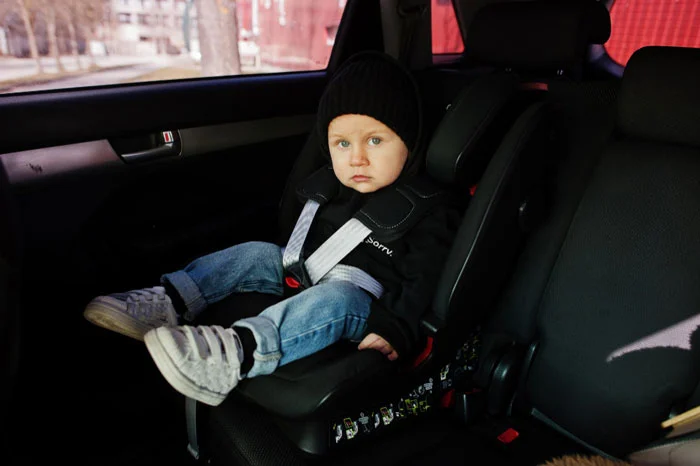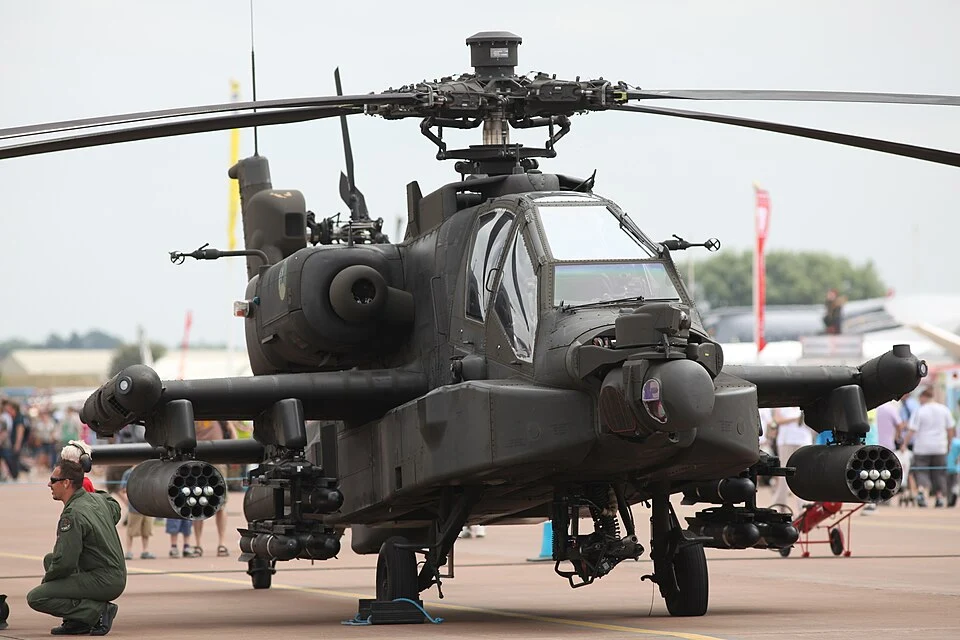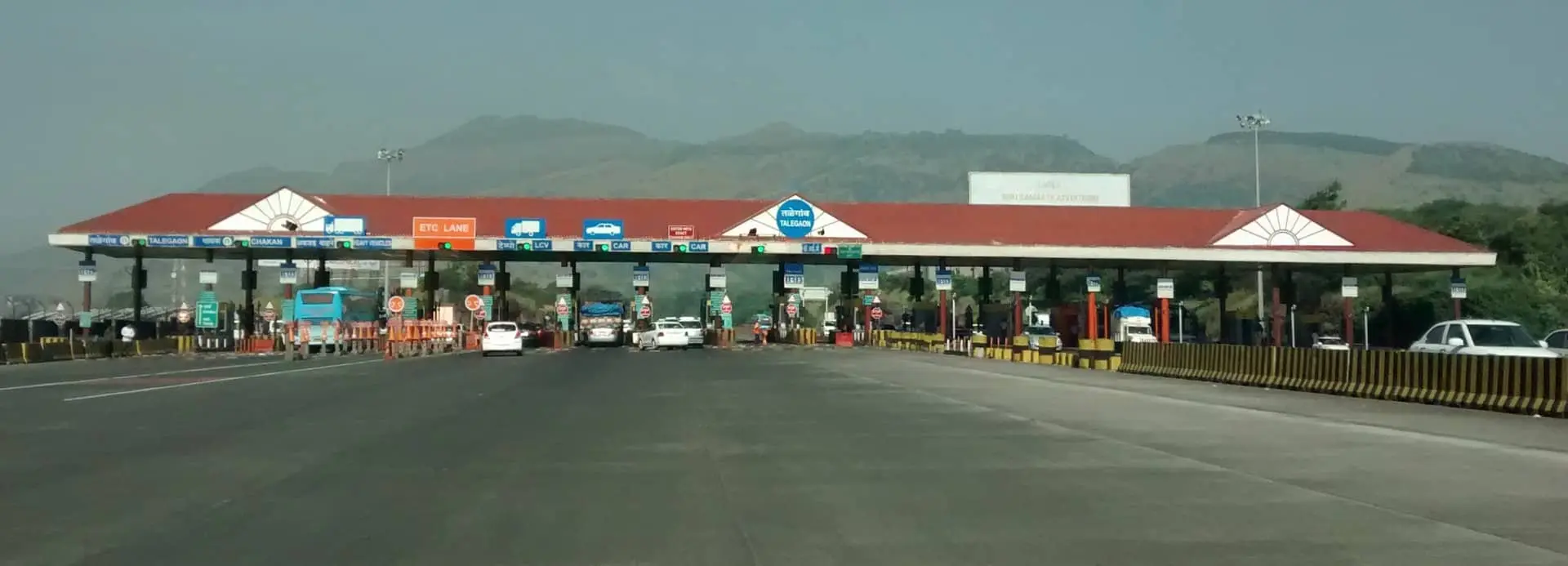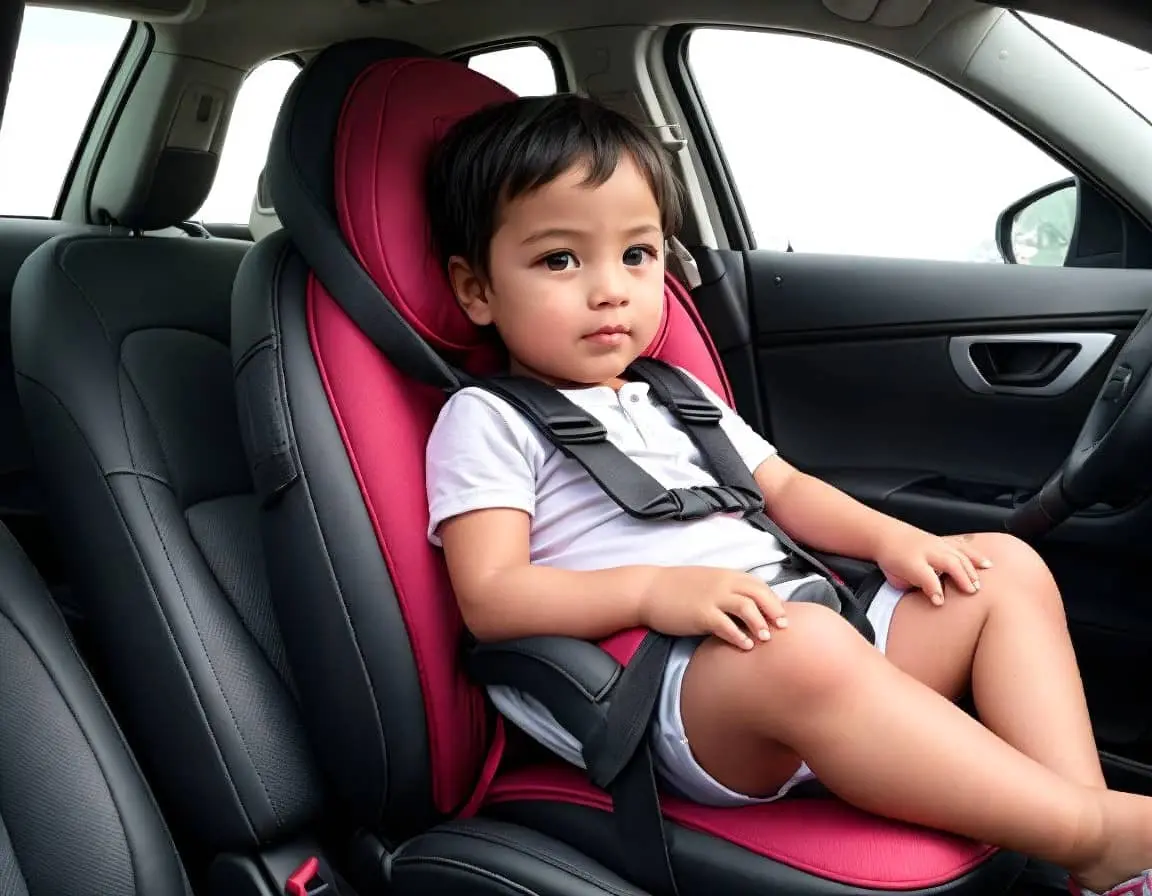Buckle Up for Safety: A Guide to Child Seat Rules in Spain

Ensuring your child’s safety on the road is paramount, and Spain takes this very seriously. This comprehensive guide will equip you with the knowledge of child seat regulations in Spain, keeping your little ones secure on every journey.
The Law: Age and Height Take Center Stage
Spanish law mandates the use of child car seats for all children under 1.35 meters in height, regardless of age. This applies to all motorized vehicles, including taxis, on urban roads and highways. There are no exceptions – if your child doesn’t reach the 1.35m mark, they need a proper seat.
Choosing the Right Seat: Weight and Size Matter
While the law focuses on height, selecting the most suitable child car seat hinges on your child’s weight and size. In Spain, similar to Germany, child car seats fall into different categories based on weight ranges:
- Group 0 (up to 10kg): Designed for newborns and infants, these rear-facing seats provide optimal protection for their delicate heads and necks.
- Group 0+ (up to 13kg): Similar to Group 0, these rear-facing seats can accommodate slightly bigger babies.
- Group 0+/I (up to 18kg): This convertible seat offers rear-facing positioning for infants and transitions to forward-facing for toddlers.
- Group I (between 9 and 18kg): Forward-facing seats suitable for toddlers who have outgrown infant carriers.
- Group I-II-III (between 9 and 36kg): These versatile convertible seats cater to a wide weight range, from toddlers to older children.
- Group II (between 15 and 25kg): Forward-facing seats for older children who have outgrown Group I seats.
- Group II-III (between 15 and 36kg): Similar to Group I-II-III, these convertible seats provide extended use for growing children.
- Group III (between 22 and 36kg): Booster seats for older children who have surpassed the weight limit of forward-facing child seats but are still under the 1.35m height requirement.
Suggested Read- Child Seat Rules In Germany: Ensuring Safety For Young Passengers
Types of Car Seats
- Infant & Baby Car Seats (Babyschale):
- Designed for newborns up to their first birthday.
- Always rear-facing and require a base station for installation via ISOFIX.
- Consider both forward-facing and rear-facing options1.
- Small Child Car Seats (Kleinkindersitz):
- Suitable for toddlers and small children.
- Equipped with a 5-point harness system.
- Used until the child is big enough for a booster seat with the car’s 3-point buckle.
- Choosing the right seat in this category can be challenging due to the wide range of options1.
- Child Car Seats (Kindersitz):
- For older children who have outgrown toddler seats.
- Booster seats that elevate the child to the correct height for using the car’s seat belt.
- Ensure proper positioning of the seat belt across the child’s shoulder and hips.
Rear-Facing for Maximum Protection
Experts strongly recommend keeping children rear-facing for as long as possible, ideally until they reach the maximum weight or height limit of their rear-facing car seat. These seats distribute the impact forces more evenly in a crash, significantly reducing the risk of neck injuries for young children.
Front Passenger Seat and Airbags: A Safety Conflict
Remember, rear-facing car seats must never be placed in the front passenger seat if the vehicle has an active airbag. The force of a deploying airbag can be life-threatening for a child in a rear-facing seat.
Suggested Read- keeping-your-kids-safe-road-guide-child-seat-rules-australia/
Beyond the Law: Ensuring Proper Installation and Use
Spanish law emphasizes the use of a “suitable” child car seat. This translates to not just having any seat, but the right fit for your child and proper installation in your car. Here are some key points to ensure proper use:
- Check the Car Seat’s Expiry Date: Most child car seats have an expiry date due to material degradation. Make sure your seat is within its valid usage period.
- Consult the Car Seat Manual: Every car seat comes with detailed instructions. Follow these meticulously for proper installation and harnessing of your child.
- Get Professional Help: Many police stations, fire departments, and Tráfico (Spanish traffic authority) offices offer free car seat installation checks. This ensures your seat is securely fastened in your vehicle.
- Practice Makes Perfect: Take time to familiarize your child with their car seat before long journeys. Let them get used to the straps and buckles, and practice buckling them up properly.
Fines and Penalties for Non-Compliance
The fine for not having a child properly secured in Spain can range from €200 to €260 (approximately $228 to $295 USD). Remember, the true cost of non-compliance is far greater – an improperly restrained child is significantly more vulnerable to injury in an accident.
Choosing the Right Seat: Brands and Certification
When shopping for a child car seat in Spain, look for models that comply with the ECE R44/04 or ECE R129 (“i-Size”) safety regulations. These regulations ensure the seat meets rigorous safety standards. Popular Spanish and international brands like Chicco, Jane, and Besafe are trusted choices for parents.







